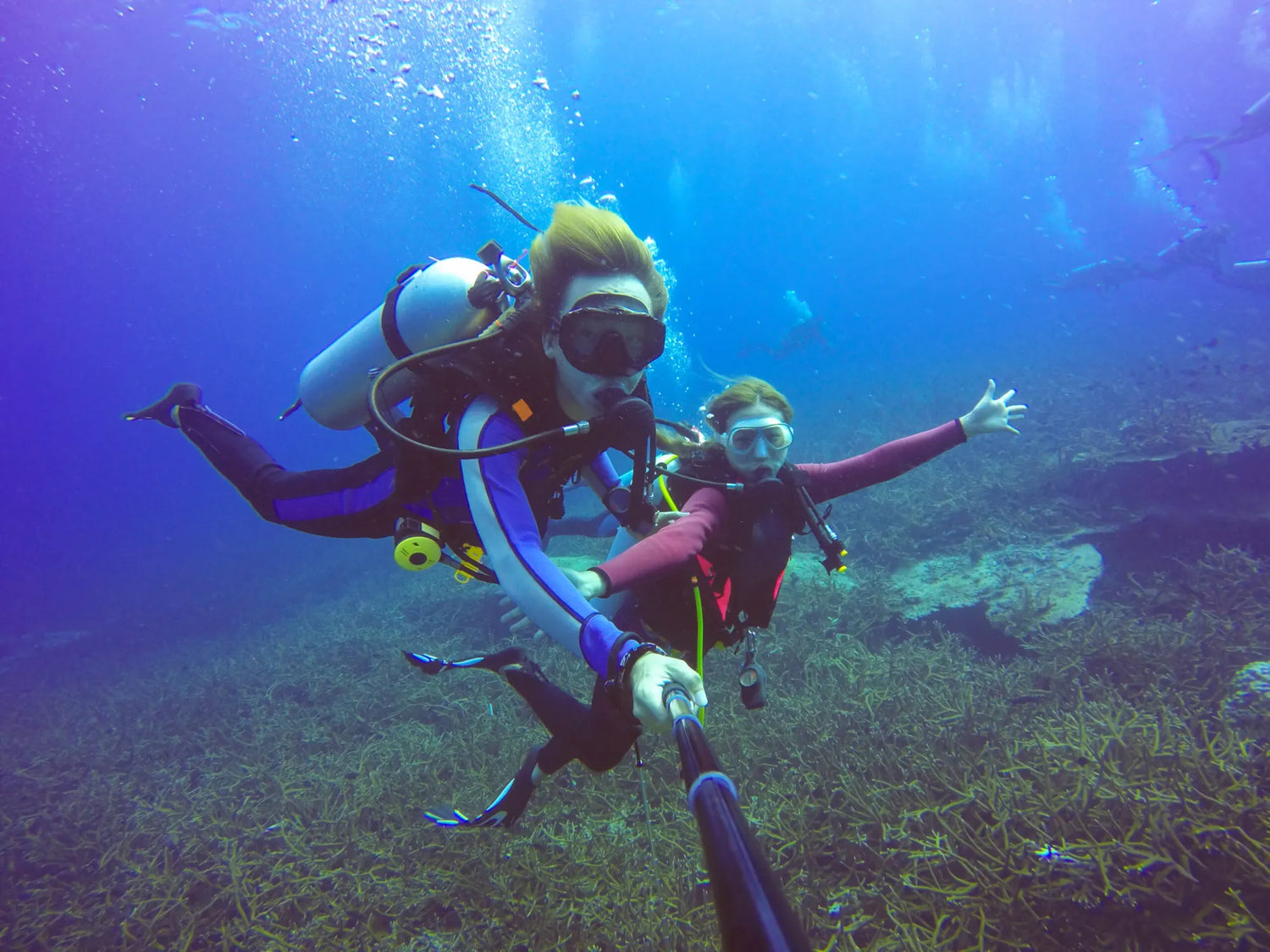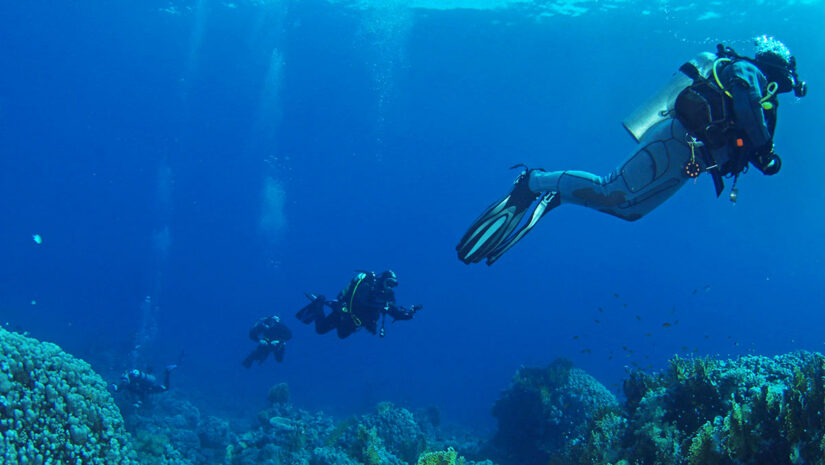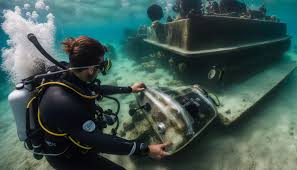When selecting snorkel gear, prioritize a comfortable silicone mask with a wide field of vision, a dry-top snorkel featuring a splash guard to prevent water intake, and durable fins. For the clearest view, choose a tempered glass lens which is also more scratch-resistant, ensuring many adventures ahead.
Find a Comfortable Mask Fit
Virtually all quality masks now use 100% silicone skirts. This isn't just marketing; it's a critical feature. Silicone is hypoallergenic, extremely soft, and molds to the unique contours of your face far better than cheaper PVC or rubber alternatives. A PVC skirt might save you 20 initially, but it hardens and cracks much faster, often showing significant degradation after just 18-24 months of moderate use, whereas a silicone skirt can last for 5+ years with proper care.
The mask should stay suctioned to your face for at least 2-3 seconds without you needing to hold it. This indicates a strong initial seal. If it falls off immediately, the shape is wrong for your face profile. Try this test with several models—face shapes vary widely, and a mask that fits your friend 100% might only have a 60-70% seal rate on you.
- 100% silicone skirt for a soft, durable seal.
- Pass the suction test (holds for 2-3 seconds).
- Low-volume design (~100-120ml) for easier clearing.
- Tempered glass lens for superior scratch resistance.
- Easy-adjust buckles for on-the-fly fit changes.
The internal volume of a low-volume mask can be as little as 90-120 ml compared to 180-250 ml in older, bulkier designs.
It is highly resistant to scratching and is approximately 5-10 times stronger than acrylic or plastic alternatives under pressure. It also won’t fog as easily. While no lens is completely scratch-proof, a tempered glass lens will show minimal wear after 50+ uses, while a plastic lens might become noticeably hazy after just 10-15 trips.
Pick a Dry-Top Snorkel
Let's get straight to the point: This simple action prevents about 95% of the water from entering the tube, compared to a classic J-style snorkel that floods completely with every wave.
When water approaches, the float rises and blocks the top opening in less than 0.3 seconds. The best models on the market have a sealing reliability of 98% or higher in real-world conditions, meaning you might get a few drops inside but never a mouthful. This is a massive improvement over basic models, which can allow 200-300 ml of water into the tube with each passing wave, requiring you to stop and forcefully exhale to clear it every few minutes.
| Feature | Dry-Top Snorkel | Classic J-Snorkel |
|---|---|---|
| Water Entry Prevention | ~95% (Automatic seal) | 0% (Completely open) |
| Average Water Volume Ingress | < 10 ml per wave | 200-300 ml per wave |
| Clearing Frequency | Rarely needed (every 20-30 min) | Very frequent (every 2-3 min) |
| Ideal For | All users, especially beginners | Experienced, calm water only |
| Average Price Range | 60 | 20 |
A poorly designed mouthpiece can cause jaw fatigue, often referred to as "snorkel mouth," which can start to set in after as little as 30 minutes of use. A good one will be comfortable for 2+ hour sessions. The tube diameter is another critical factor. A standard diameter of ~19-22 mm offers the ideal balance between low breathing resistance and minimal dead air space.
A good keeper will hold the snorkel firmly in place even in choppy conditions but will detach with a force of around 5-7 kg if it gets snagged on something, a crucial safety feature. The 10 investment in a quality keeper prevents you from losing a $50 snorkel. While the initial cost of a dry-top snorkel is approximately 50-80% higher than a basic model, the return on investment in terms of comfort, safety, and enjoyment is immeasurable.

Select Flexible Fins
The reality is that an overly stiff fin can turn your snorkeling trip into a leg cramp festival after just 30 minutes. Your calf muscles can experience a 50% higher load with stiff fins compared to more flexible snorkeling models, drastically reducing your endurance in the water.
It should offer firm but manageable resistance, flexing at approximately 30-45 degrees without feeling like you're fighting it. This flexibility allows for a faster, more relaxed kick cycle. While a scuba diver might take 40-50 kicks per minute, a snorkeler with the right fins can maintain a comfortable pace of 20-30 kicks per minute, covering the same distance with vastly improved efficiency. This reduced kick frequency can lower your heart rate by 10-15 beats per minute, allowing you to conserve energy and stay out for 2-3 hour sessions without exhaustion.
- Blade Flexibility: Look for a fin that bends ~30-45 degrees with moderate hand pressure.
- Thrust Efficiency: A flexible fin can generate ~80% of the thrust of a stiff fin for ~50% of the energy expenditure.
- Comfort & Fit: Heel pockets should be snug without pressure points; consider a 2-3 mm neoprene sock for a perfect fit if needed.
- Material Composition: High-quality thermoplastic rubber or soft composite blends offer the best balance of durability and flex.
- Vented vs. Solid: Vented fins (with side slits) reduce water resistance on the upkick, improving kick cycle efficiency by ~15%.
A cheaper PVC fin might have a usable lifespan of 2-3 seasons before the material becomes brittle and the foot pocket tears. A better fin made from advanced thermoplastics can easily last 5-7 years with proper care, making its higher initial cost (typically between 100 per pair) a better long-term value.
For surface snorkeling, a shorter fin (16-20 inches) is far more maneuverable, easier to pack, and causes less strain on your ankles.
Check for Tempered Glass
While a mask with a plastic lens might save you 15 on the initial purchase price, the long-term costs and risks simply aren't worth it. Tempered glass is the industry standard for any quality mask for a critical reason: its structural integrity under pressure. The manufacturing process involves heating the glass to approximately 620°C (1150°F) and then rapidly cooling it, which creates internal stresses that give it a compressive strength of 10,000 psi or more. This makes it approximately 5-7 times more impact-resistant than standard acrylic or plastic lenses of the same thickness, which might only withstand 1,500-2,000 psi before fracturing.
Tempered glass has a surface hardness rating of approximately 6-7 on the Mohs scale, making it highly resistant to scratching from contact with sand, rock, or accidental drops during cleaning. A quality tempered glass lens can typically withstand 50-100+ careful cleaning cycles with a microfiber cloth before showing any minor micro-scratches that might begin to diffuse light. In contrast, a plastic lens will often show visible scratching after 5-10 uses, and within 20-30 trips, the cumulative effect of these scratches can reduce optical clarity by 20% or more, creating a hazy, blurred view that strains your eyes. This degradation forces most users to replace a plastic-lens mask every 18-24 months, while a tempered glass mask can easily last 5-8 years with proper care, offering a much higher return on investment.
A high-quality tempered glass lens treated with a permanent fused anti-fog coating will maintain its fog-resistant properties for the entire 5+ year lifespan of the mask. Cheaper plastic lenses often have a temporary anti-fog solution that washes off after 10-15 uses, requiring you to constantly reapply defogger liquid, which costs an average of 10 per year and adds inconvenience.
Ensure Easy Lens Clearing
A mask designed for easy clearing turns a potential nuisance that occurs every 5-10 minutes into a 2-second procedure that barely interrupts your rhythm. The core design element that enables this is the nose pocket.This serves two functions: it allows you to equalize pressure when diving below a depth of ~1.5 meters and gives you the leverage to exhale forcefully through your nose to blast water out of the mask.
A traditional high-volume mask with an internal air space of 200-250 ml requires a significant and forceful exhalation to displace all the water. This can be difficult for beginners and often leaves a 10-15% residual water volume that requires a second attempt. In contrast, a modern low-volume mask, with an internal volume of 90-120 ml, requires less than 40% of the exhaled air and lung pressure to clear completely.
| Feature | High-Volume Mask (~200-250ml) | Low-Volume Mask (~90-120ml) |
|---|---|---|
| Air Volume Required to Clear | ~150-200 ml | ~50-70 ml |
| Typical Clearing Time | 3-5 seconds (often requires 2 attempts) | 1-2 seconds (single exhale) |
| Residual Water Left After Clearing | ~10-15% (15-30ml) | < 5% (less than 5ml) |
| Ease of Use for Beginners | Difficult, often leads to inhaling water | Easy, intuitive, high success rate |
| Exhalation Force Required | High (can cause lightheadedness) | Low to Moderate |
While they can work, they have a ~15% chance of jamming open with a grain of sand or failing to seal due to wear after ~100 uses, causing a constant, slow leak. A well-designed low-volume mask without a purge valve is statistically more reliable and easier to maintain over a 5-year lifespan.
- Prioritize Low Volume: Target an internal volume of under 120 ml for one-breath clearing.
- Test the Nose Pocket: Ensure you can pinch your nose easily with ~2 cm of clearance.
- Avoid Complex Purge Valves: They increase cost by 20 and have a higher failure rate.
- Practice the Technique: Tilt your head ~30 degrees upward, press the top of the lens, and exhale through your nose for 1.5 seconds.
- Check the Skirt Seal: A good seal during clearing prevents air from escaping and forces water out the bottom.
The entire process, from recognizing the need to clear to resuming normal breathing, should take no more than 3-5 seconds and consume less than 20% of the air in your lungs. A mask that facilitates this effortlessly is worth a 20-30% premium in upfront cost because it pays you back in uninterrupted enjoyment on every single trip, transforming a potential frustration into a non-issue.





Leave a comment
All comments are moderated before being published.
Situs ini dilindungi oleh hCaptcha dan berlaku Kebijakan Privasi serta Ketentuan Layanan hCaptcha.